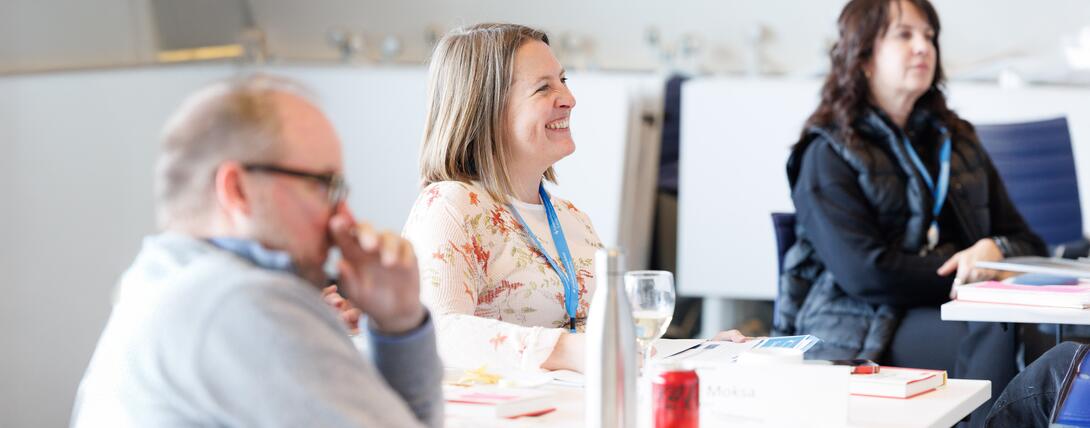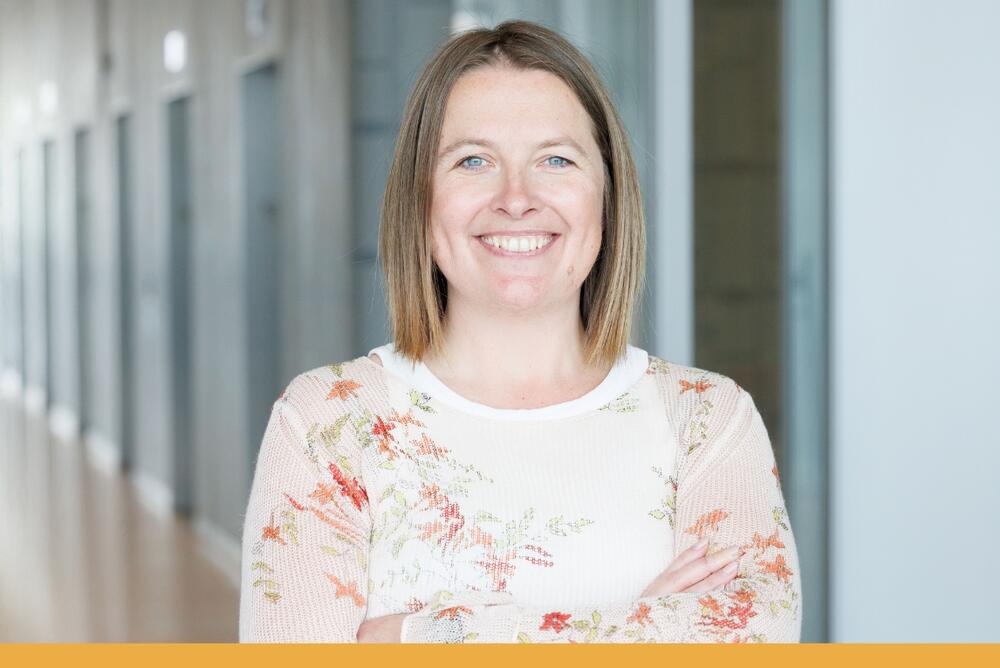
Marta Moksa on the Power of Behavioral Science in Community Building
- What motivated you to join the Behavioral Science in Business program?
- What behavioral challenges were you observing in your community or leadership role?
- How did the program change the way you define community behaviors?
- How did the program change the way you define community behaviors?
- Have you launched or reimagined any initiatives since completing the program?
- What shifts in resident engagement, service design, or team behavior have you seen?
- What role do you see behavioral science playing in the future of real estate or community leadership?
- What would you say to executives who think behavioral science isn’t “for them”?
As Managing Director of O4 Coworking at Poland’s Olivia Centre, Marta Moksa leads a vibrant community of entrepreneurs within one of the Baltic region’s largest business parks. Seeking to deepen her understanding of human behavior and motivation, she joined the Behavioral Science in Business program to apply proven behavioral frameworks to both resident engagement and team leadership. She shares how the experience reshaped her approach to communication, service design, and culture-building.

What motivated you to join the Behavioral Science in Business program?
As a business community operator helping people and companies grow, I’ve been applying behavioral science in practice for over 10 years—without knowing the theory behind it. We try to persuade people to move beyond their fears and comfort zones, encouraging them to participate in events, join educational programs, and form connections.
Our approach isn’t about “selling.” We believe in truly helping people—as human beings and entrepreneurs. I joined the program to learn more about the psychology, techniques, and case studies behind nudging people toward positive actions, even when they aren’t the easiest or most comfortable choices.
What behavioral challenges were you observing in your community or leadership role?
Creating bonds and relationships is hard. Most people believe they dislike networking, meeting new people, or talking to those who are different. But these interactions are essential to human well-being and critical for SMEs to thrive.
As a leader of a 15-person team, I also face the challenge of motivating colleagues whose behaviors directly affect customer satisfaction. Our business is often described as more hospitality than real estate. I wanted to better understand how to support my team in choosing behaviors that lead to excellent service for our O4 Members.
How did the program change the way you define community behaviors?
The program helped me realize that it’s not enough to do good things—we need to structure, communicate, and present them in a way that makes people actually want to engage. That was an important insight: good ideas don’t always “sell themselves.”
By understanding behavioral mechanisms and practicing them through examples, I came up with around ten new ideas to improve our services and offerings.
What insights helped you think differently about how people engage with physical spaces or coworking cultures?
The presenters’ framework helped us re-evaluate all of our community activities. We organized them around human motivations, triggers, and influence methods. That structure allowed us to be much more deliberate and strategic in how we design and communicate what we offer.
One example is our leadership conference, aimed at helping team leaders improve organizational culture. We began communicating the program using motivations like ego and connection, and applied techniques such as social proof, consistency, and scarcity. We’re no longer relying on inspiration alone—we now approach it with intention and behavioral insight.
Have you launched or reimagined any initiatives since completing the program?
Yes, I’ve created a dedicated notebook filled with ideas, projects, and initiatives that I’ll be implementing in the months ahead.
One major initiative is a new research project focused on observing behavior among Olivia Residents—rather than just asking about it. I also developed a full set of communication guidelines, including posters and newsletters, based on what we learned in the program.
What shifts in resident engagement, service design, or team behavior have you seen?
It’s still early in the change process, but one very clear result is a significant improvement in how our community responds to our messages. Engagement is already increasing.
On a personal note, I’m preparing a summary of my experience in the Columbia program to present at three autumn conferences in Poland. That’s been a very rewarding and exciting outcome for me.
What role do you see behavioral science playing in the future of real estate or community leadership?
Behavioral science is foundational to our work—even if we don’t always recognize it. We are all influenced by it, whether we acknowledge it or not. Understanding human motivations, mental shortcuts, and perception is a critical skill for the future.
It helps us design ideas, products, and services in a way that makes people want to be part of what we’re creating. That’s the future of community-building.
What would you say to executives who think behavioral science isn’t “for them”?
I’d say: that’s extremely short-sighted. Whether or not we accept it, behavioral science affects us all.
I recently read The Happiness Hypothesis, where the author uses the metaphor of the “rider and the elephant” to explain human behavior. The rider is the rational mind, and the elephant represents our emotions and instincts. Behavioral science helps us understand the elephant—and guide it where the rider wants to go.
In real estate, people are no longer just renting space—they’re looking for prestige, comfort, and connection. And those needs can only be met by understanding the fundamentals of human behavior. That understanding is what separates good experiences from great ones.
Sign Up for Email Alerts
Sign up for program updates and content relevant to today's business leaders from Columbia Business School Executive Education.
